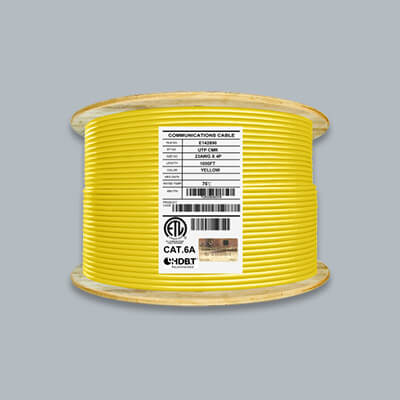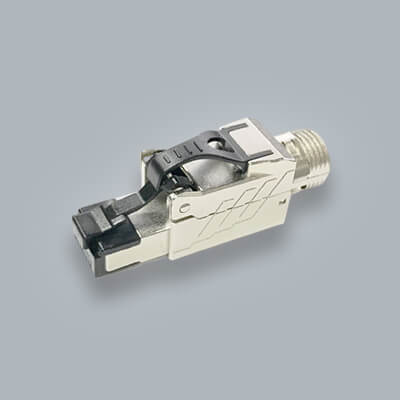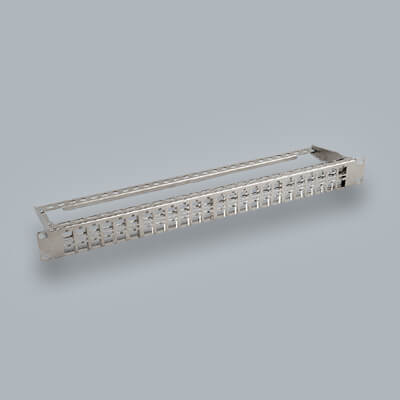Difference between Solid vs Stranded Copper Cables
Every single ethernet cable you find will have some sort of different structure to it. Depending on the Category, type of jacket or type of conductors you can expect your cable to look and feel different. Most importantly is that the cables will operate differently depending on what type of cable you use. Knowing what all these factors mean for your cable is important so your installation goes smoothly. In this article we will cover 2 of the more common conductor types in ethernet cables: Solid vs Stranded copper cables.
Solid vs Stranded Explained
Knowing what the advantages of solid or stranded conductors in your cables is an important step in the success to your network. Each of these conductors serves a different purpose. Solid cables are some of the most popular cables in the field today because of its overall better performance in longer runs of cable. You will find a majority of this cable inside the walls of your house, in the risers of your building or in plenum areas.
Some examples of solid cables are:
Stranded cable comes in when flexibility is needed. You will find a majority of stranded cables in between computers and keystone jacks, switches, rack mounts and the final 10 meters of your channel length. The reason you want more flexibility in your cables is so the wires inside the cables are not damaged. Often times in your cable run you'll have to put it around tight bends or in small areas like behind the computer as we mentioned. The common way you see stranded cable is in patch cord form. These are usually deployed in the final 10 meters or so from your wall or panel to your end device. We have both bulk stranded cables and pre-made patch cords available. Bulk stranded cable can easily be cut down to your desired length of patch cords.
Some examples of stranded cables are:
Before we jump into more detail on what the advantages of each are its important to understand what exactly a solid or stranded copper cables is. When we talk about these types of cables we are actually talking about the conductors inside the cables which make up the pairs of wires. These pairs of wires can be solid or stranded.
Solid conductors are made of a single piece of metal wire.
Stranded conductors bundle together a number of small-gauge copper conductors to create a single large conductor.
You can find more information here on other types of electric conductors. But for optimal performance we only supply networking cable with pure copper.
Usually you might think more is better but in conductivity terms you want your wires to be solid with no spaces or gaps for better flow of electrical signals. With that said stranded cable does have its advantages where solid cable doesn't so lets get into it.

Advantages of Solid Conductors
- Less overall cost
- Less complex termination systems
- Better transmission performance at high frequencies
- Less resistance
Advantages of Stranded Conductors
-
More flexible
-
Longer flex life
-
Less susceptible to damage during crimp terminations
- Great for Patch Cords
These advantages should give you a good over view of what is beneficial with these 2 cables. These 2 conductors types gives you the performance you need in any scenario. Long straight runs and more flex is just about all the scenarios you will encounter. With their multiple advantages it's important bring up their disadvantages
Disadvantages of Solid or Stranded cables
Starting with solid cables we can base off their benefits that they are going to have a disadvantage in their flexibility. Solid cable usually have a minimum bend radius of 4 X their cable OD. So when more flexibility is needed solid cable won't give you the performance you want. It really depends on your installation. There shouldn't be much flex requirements in your cables backbone so solid cable should be fine. But behind computers and connecting panels you absolutely want stranded.
Stranded cables tend to have more performance disadvantages than solid cables. The affect you want to know here is attenuation. It's been shown that stranded cable has anywhere between 20 - 50% more attenuation than solid cables at longer distances. The reason for this is the way that stranded conductors are created. With the multiple strands of copper forming one wire your cable will have spaces between the strands. You can refer to the image above to see the spacing between the wires in stranded cables. This reduces performance at longer distances because current tends to travel at the surface of conductors. With stranded conductors not being as solid and straight as "solid cables" the current is not as smooth as solid cables. Over longer distances this can compound and why it's important to keep stranded cable runs shorter in length when possible.
Conclusion
Each of these cable types has their time and place. Are you running cable inside the walls of your home? Look to solid cables as your options. Are you running cable from routers or patch panels to your end devices? Then look to stranded cables as your cable of choice. Getting the choice of conductors right is one thing but remember to always make sure that your cables are 100% pure copper ! Pure solid copper and pure stranded copper will give your network top performance and doubly important, pass code, etc.
Happy Cabling !






Great article.I have learn alot as a student of wiring class